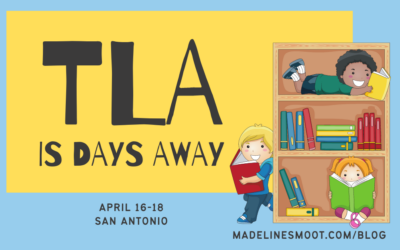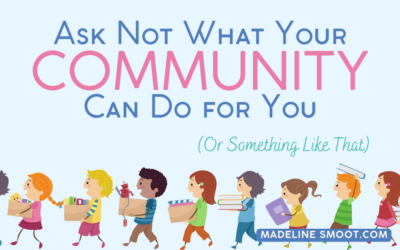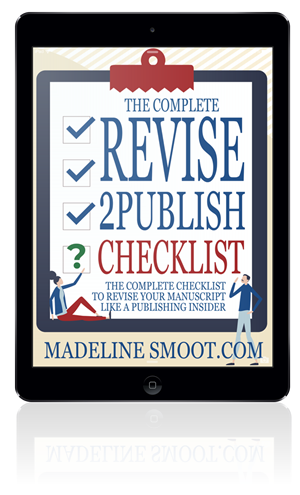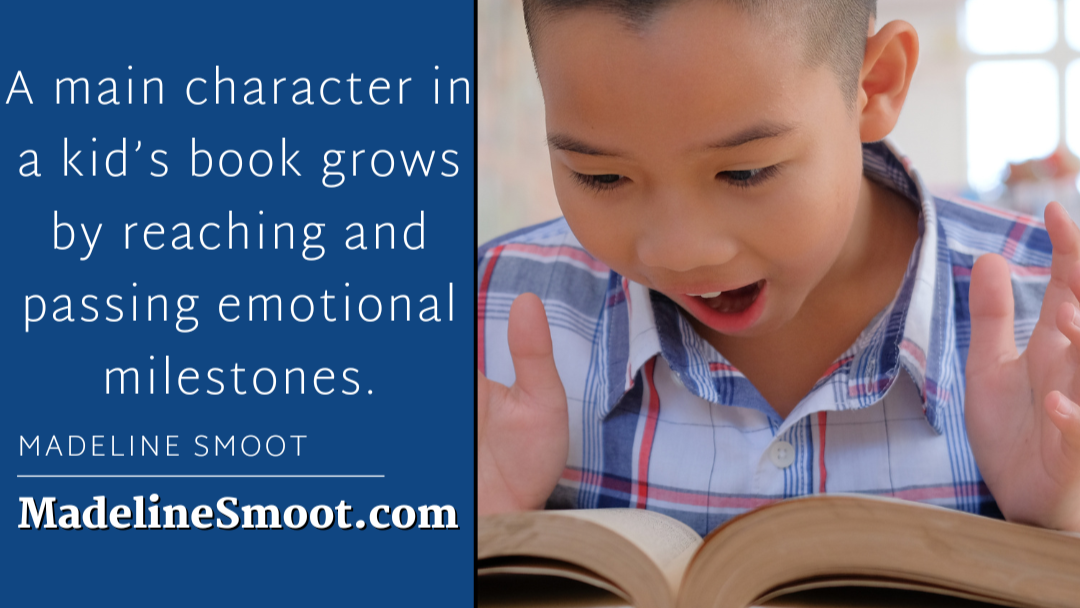When it comes to writing a children’s book (or a YA), the characters are the most important part! No matter how cool your concept is, if your characters aren’t compelling, readers won’t care enough to go on the journey with them.
So, who is the book about? Here are the key people to keep in mind:
- Primary Characters: The main character (your star character) and the main antagonist are the primary characters in your book. The main character is usually the hero or anti-hero, and the main antagonist is the person standing in their way.
- Secondary Characters: These characters are extremely important, even if they’re not the main focus of the story. They provide someone for the main character to interact with.
- Stock Characters: You can use some stock or types of characters, such as the Nerd or the Bully, the Mentor or the Hero, as a sort of shorthand. However, it’s important to avoid stereotypes and to give these characters some complexity beyond their type.
- Other Antagonists: You may have other antagonists that provide conflict in the story, but they are not the main focus.
But just having characters isn’t enough. They are more than just props in the cool world you wrote. When it comes to developing your characters, it’s important to start with your main character. So,
- Focus on One Character: While you may have multiple primary characters, it’s important to focus on one main character, the star, as the one with the most character growth and the one that is instrumental to the climax. Even in an ensemble book, there tends to be one that truly shines.
- Don’t Forget Their Goals! (or Motivations): This is the way the reader can identify with your character. Even if they aren’t the most likable people in the world, we still can understand their motivations for wanting the things they want, their goals. Your characters aren’t just drifting through the world you made. They have a purpose, and your reader should know what that is (even when your character doesn’t).
**And don’t forget your antagonists here. They have wants and needs and motivations and goals too!** - Develop All Characters (at least a little): While focusing on the main character, it’s important to develop all of the characters in your book to some extent. This is what keeps your children’s book from feeling flat and uninteresting.
So how do we develop our characters? By making them grow, or in this case because they are kids and teens, grow up.
- Character Arcs for All! Okay, not literally, but the main characters definitely have to have one, and most of the secondary characters will have small arcs too.
- Change Is Good. We are not static people, and neither are our characters. They can learn things about themselves or circumstances can force a change, but no matter what they are changing, their character arcs will reflect that.
- Maybe Meet a Milestone? Since we are talking about kids and teens, they do hit developmental milestones all the time. You don’t necessarily need one in your children’s book, but they can add a richness to your story if they are appropriate.
Remember, the characters are the heart of your children’s book, so take the time to develop them fully.






